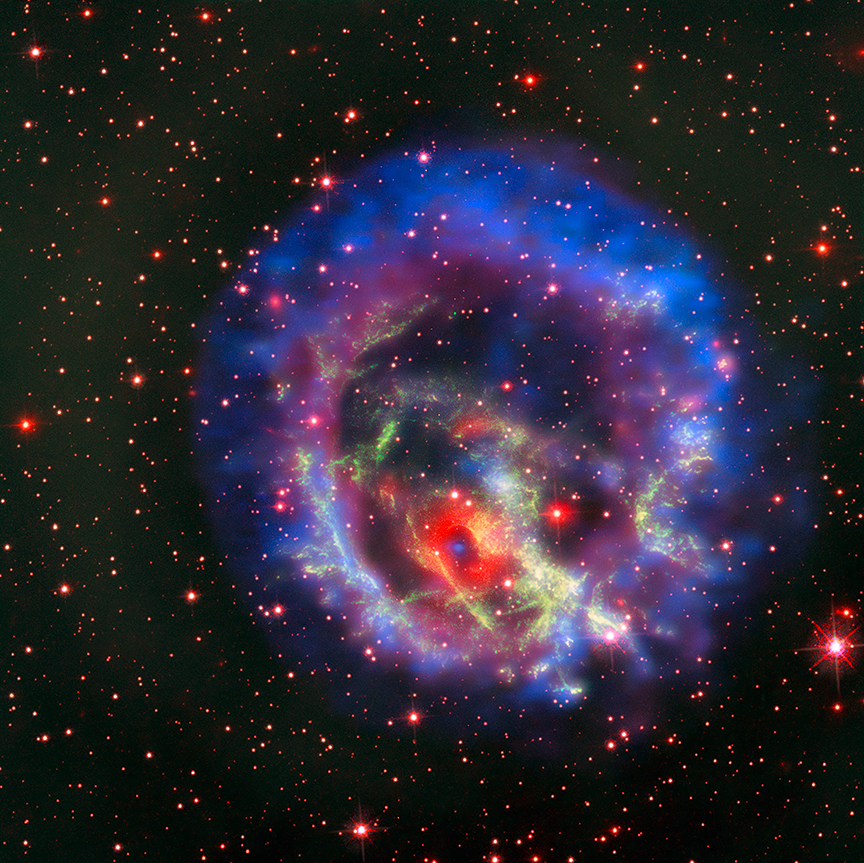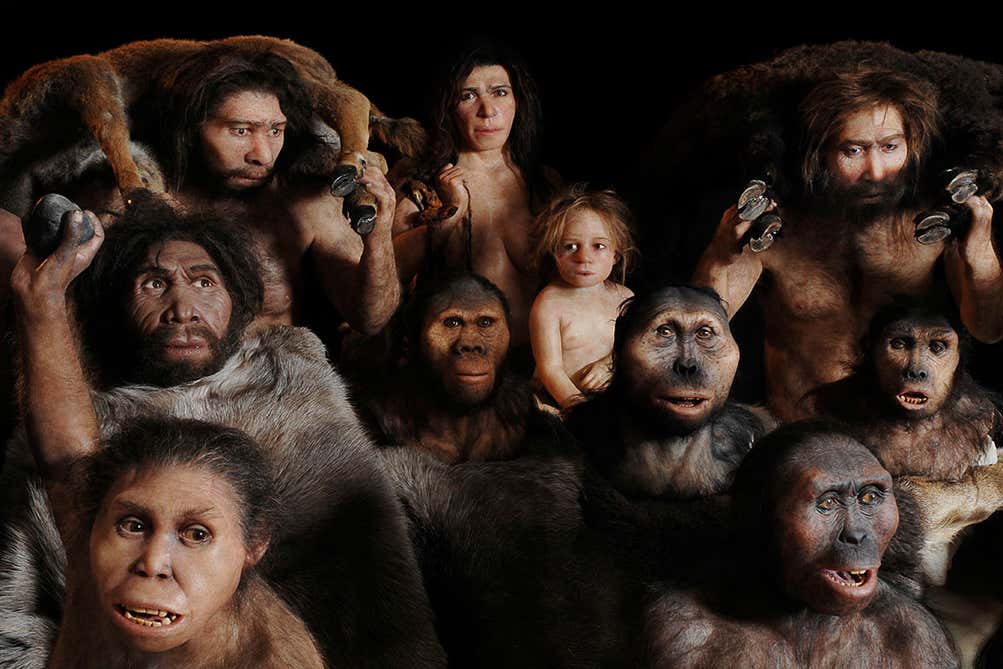Astronomy is one of the most awe-inspiring sciences, constantly revealing the mysteries of the universe. It connects us to the cosmos and helps us understand the vastness and the bizarre phenomena that occur beyond our planet. However, as much as it’s an area filled with awe and wonder, many of the facts we learn about astronomy can sound completely unbelievable. The universe is a strange place, and the discoveries we’ve made over the centuries can often defy common sense. This article takes you on a journey through some of the most mind-boggling astronomy facts that might sound fake but are indeed true.
1. Neutron Stars Are Incredibly Dense – A Teaspoon Would Weigh About a Billion Tons
Let’s start with one of the most mind-boggling facts: the density of a neutron star. Neutron stars are remnants of massive stars that have exploded in supernovae. After the explosion, the core of the star collapses under intense gravity. In this extreme environment, atoms are compressed so tightly that their electrons and protons combine to form neutrons. This creates an incredibly dense object.
A neutron star packs roughly 1.5 times the mass of our Sun into a sphere with a radius of about 12 kilometers (7.5 miles). If you could scoop up a teaspoon of a neutron star, it would weigh about a billion tons! To put this into perspective, the weight of this teaspoon would be roughly the same as all of humanity combined.
2. The Largest Volcano in the Solar System Is on Mars – It’s Three Times Taller Than Mount Everest
Mars may be the “Red Planet,” but it’s also home to some truly extraordinary geological features. The largest volcano in the entire solar system, Olympus Mons, sits on the surface of Mars. Olympus Mons is roughly three times taller than Mount Everest, standing at an astounding height of about 22 kilometers (13.6 miles).
Not only is it taller, but it’s also about 600 kilometers (373 miles) in diameter. This massive volcano could easily fit the entire state of New Mexico inside its base. It’s so large that its slopes are relatively gentle compared to Earth’s volcanoes, making it resemble more of a giant shield than a traditional cone-shaped volcano. Scientists believe it’s possible that Olympus Mons is so large because Mars has lower gravity, which allows lava to build up over time without collapsing the structure under its own weight.
3. One Day on Venus Is Longer Than One Year on Venus
When we think of a day, we usually associate it with the planet’s rotation period – how long it takes for the planet to spin once around its axis. On Venus, however, a day is longer than a year, and no, this is not a mistake or a misprint.
Venus has an extremely slow rotation period, taking about 243 Earth days to complete one rotation on its axis. On the other hand, Venus takes only 225 Earth days to complete an orbit around the Sun. This means that a day on Venus lasts longer than its year. Even more mind-boggling is the fact that Venus rotates in the opposite direction of most planets in our solar system, including Earth, meaning if you were standing on Venus, the Sun would rise in the west and set in the east.
4. There Is a Planet Made of Diamond
At first glance, the idea of a planet made entirely of diamond sounds like something straight out of a science fiction novel, but it’s a reality that astronomers have confirmed. The planet in question is called 55 Cancri e, and it’s located about 40 light-years from Earth in the constellation of Cancer.
55 Cancri e is considered a “super-Earth” and is roughly twice the size of Earth. It has an extreme surface temperature of over 2,000 degrees Celsius (3,632 degrees Fahrenheit), which causes the carbon on the planet to crystallize into diamond. Because of this, scientists believe that 55 Cancri e’s surface may be largely composed of diamonds, though this is still being debated. The discovery of this unusual planet highlights just how strange and diverse the universe can be.
5. The Sun Is Actually White, Not Yellow
We’ve all been taught that the Sun is yellow, and it’s even depicted that way in countless textbooks and illustrations. However, the truth is that the Sun is actually white. The reason it appears yellow or orange from Earth is due to the Earth’s atmosphere scattering shorter wavelengths of light (blue and violet), leaving behind the longer wavelengths (red and yellow).
If you were to observe the Sun from space, it would appear as a brilliant white ball. The Sun emits light across the entire visible spectrum, and when all the wavelengths are combined, they produce white light. So next time you look up at the Sun (with proper eye protection, of course), remember that what you’re seeing is a distorted version of the true color!
6. There Are More Stars in the Universe Than Grains of Sand on All the Earth’s Beaches
It’s hard to wrap your mind around the sheer scale of the universe, but astronomers have given us an estimate that helps put things into perspective: there are more stars in the universe than there are grains of sand on all the beaches on Earth.
Scientists estimate that there are about 100 billion stars in our Milky Way galaxy alone, and there are likely around 100 billion galaxies in the observable universe. This gives us an estimate of around 1,000,000,000,000,000,000,000 stars. To compare, scientists estimate there are roughly 7.5 x 10^18 grains of sand on Earth’s beaches, which is far fewer than the number of stars in the universe. This mind-boggling number underscores the vastness of space and the staggering number of stars out there, each potentially having its own solar system and planets.
7. There’s a Supermassive Black Hole at the Center of Our Galaxy
For many people, black holes are a mysterious and terrifying phenomenon. But the fact that a supermassive black hole exists at the center of our own Milky Way galaxy is something that might sound more like fiction than reality.
The supermassive black hole at the center of our galaxy is known as Sagittarius A*. It has a mass of about 4 million times that of our Sun, making it a true giant. Despite its enormous size, Sagittarius A* is located roughly 26,000 light-years away, and it doesn’t pose an immediate threat to Earth. The black hole exerts a strong gravitational pull on the stars and other objects around it, and scientists are constantly studying how this gravitational influence affects the motion of nearby celestial bodies.
Interestingly, astronomers believe that many galaxies, including our own, harbor supermassive black holes at their centers. These black holes are thought to have played a crucial role in the formation and evolution of galaxies, although the exact relationship between the two remains an area of ongoing research.
8. If You Could Travel at the Speed of Light, It Would Take You 100,000 Years to Cross Our Galaxy
Our Milky Way galaxy is a vast and immense structure, stretching over 100,000 light-years in diameter. This means that even if you could travel at the speed of light, which is about 299,792 kilometers per second (186,282 miles per second), it would take you an astonishing 100,000 years to traverse the entire galaxy.
Given that current space travel technology is far from capable of reaching anywhere near the speed of light, this serves as a reminder of just how large the universe is. In fact, light from the nearest star, Proxima Centauri, takes about 4.24 years to reach us. This suggests that even the closest stars are still incredibly distant by human standards, reinforcing the immense scale of space.
9. There’s a Galaxy That Is Actually Receding Faster Than the Speed of Light
In the vast expanse of space, many galaxies are moving away from us due to the expansion of the universe. However, there is one galaxy in particular, named the galaxy known as UDF 423, that is receding from us at a speed faster than the speed of light. This might sound impossible, but it is a consequence of the expansion of the universe itself.
According to the theory of general relativity, nothing can move faster than the speed of light in a vacuum within a given frame of reference. However, because the space between us and UDF 423 is expanding, the galaxy itself is effectively being carried away from us faster than the speed of light. This doesn’t violate the laws of physics because the galaxy is not moving through space faster than light, but rather, space itself is expanding, and it’s causing the galaxy to move away from us at superluminal speeds.
10. The Largest Known Star, UY Scuti, is Over 1,700 Times the Size of the Sun
The biggest star we’ve discovered is UY Scuti, a red supergiant star located about 9,500 light-years away from Earth. This colossal star is around 1,700 times the size of our Sun, making it one of the largest known stars in terms of volume. If UY Scuti were placed in our solar system, its outer layers would extend past the orbit of Jupiter.
However, it’s important to note that UY Scuti is not the most massive star; it’s the largest in terms of volume, but other stars, like the black hole-forming Wolf-Rayet stars, have greater mass. Despite its enormous size, UY Scuti is not one of the most massive stars in the universe, but it certainly makes a statement in terms of sheer size and scale.
Conclusion
The universe is full of phenomena that challenge our understanding and defy common sense. From planets made of diamond to stars that are millions of times more massive than our Sun, astronomy presents a vast array of facts that seem too strange to be true. Yet, all of these mind-boggling facts are grounded in scientific discovery and observation. The universe is vast, diverse, and full of surprises, and it’s clear that our understanding of the cosmos is still in its infancy.
Exploring space and the mysteries it holds not only expands our knowledge but also sparks our imaginations. These astronomy facts remind us just how extraordinary our universe truly is and how much there still is to learn. So, the next time you hear a seemingly unbelievable fact about space, remember: it may sound fake, but it’s most likely true.






